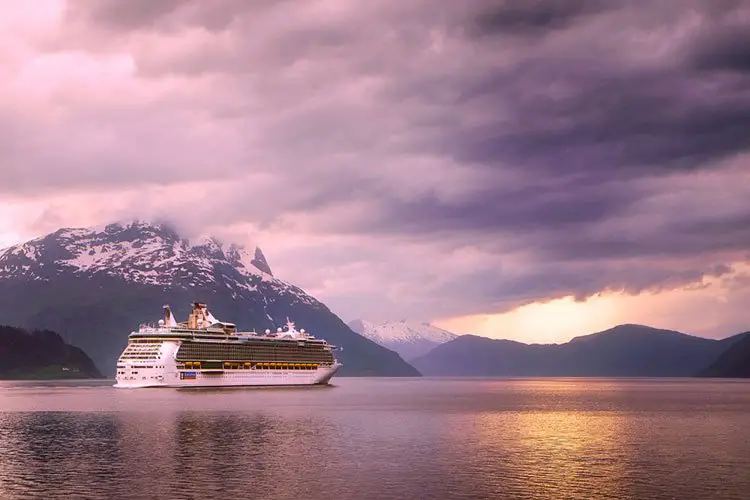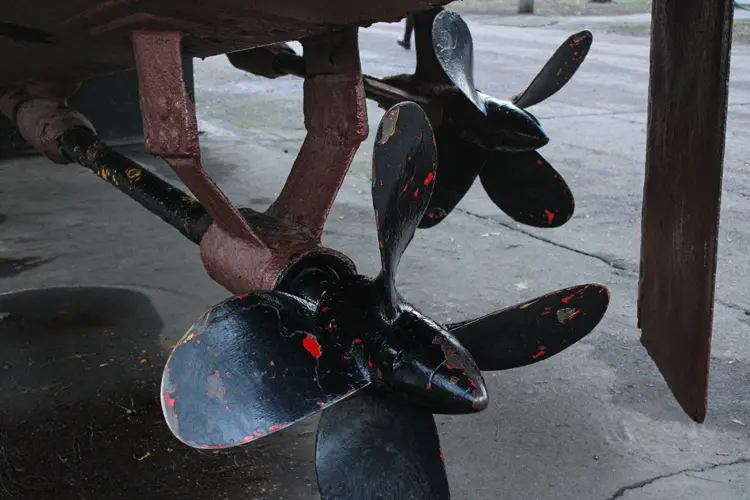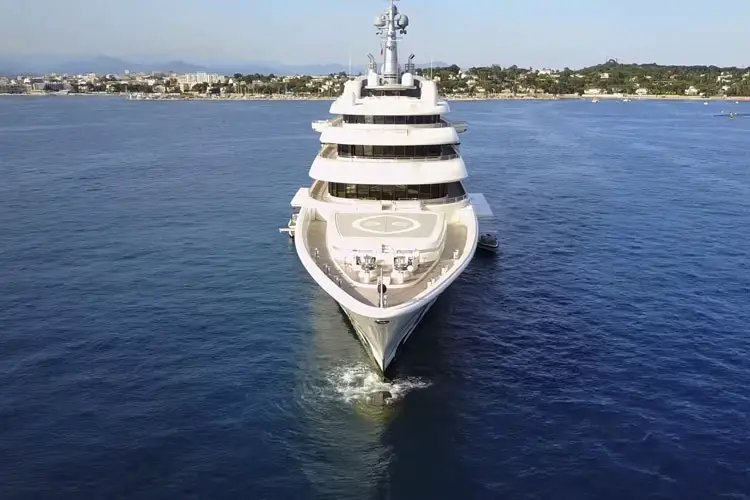What Is A Kayak?
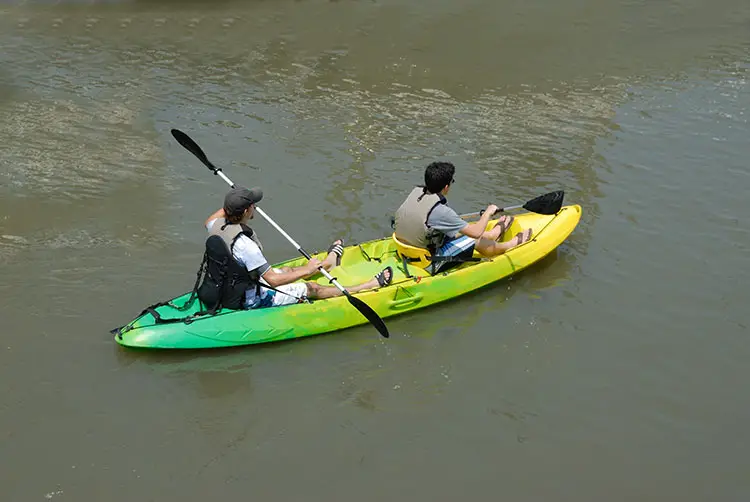
Is Kayak a boat?
Yes, a kayak is a type of small boat in which the paddler sits in the boat with his/her legs in a forward position. Characteristically, it is small and narrow and is typically propelled by using a double-bladed paddle.
The word comes from a Greenlandic word, qajaq. These types of boats are used by a very small number of people and normally only have the capacity to carry a single person at a time. It is also similar to a canoe. Kayaks are mostly used for recreational or sporting purposes.
Kayaks come in different materials like metal, fiberglass, wood, ABS plastic, fabric, composites PVC, or rubber.
What is Kayaking?
Kayaking is a popular watersport and a recreational activity that involves a small narrowboat called a kayak which is mostly propelled by a double-bladed paddle. Kayaks come in different types, sizes, and for different purposes.
Types of Kayaks
Kayaks can be divided into two major categories. These are flatwater kayaks and white water kayaks.
Flatwater Kayaks
These are the types of kayaks used in flat water as the name suggests. This may include lakes, ponds, creeks, or some gentle rivers.
Flatwater kayaks are further divided into the following five types.
1) Sit-on-top Kayaks

These types of kayaks are distinctively different from other kayaks in that they do not have a closed cockpit. This makes it easier to get on and off. They are also relatively more stable as they are wide in length. They are best suitable for and mostly used in fishing. A ride on these kayaks may however be wet because of all the splashes. These kayaks are specifically used for lakes and calm rivers and in the warm climate because the paddler surely gets wet. Sit-on-top Kayaks are mainly used by casual kayakers and kids. These are excellent for fishing, camping, and as diving/swimming platforms.
2) Recreational Kayaks
These boats have a closed cockpit They are shorter in nature, usually having a length of 10 feet. They can also be used during the winters because of the closed cockpit with a skirt which prevents your lower body from getting wet. They are also cheaper because of their short length (which hampers it’s tracking ability) and easily portable. They lack speed and do not track so well. These are highly maneuverable and stable.
3) Touring Kayaks
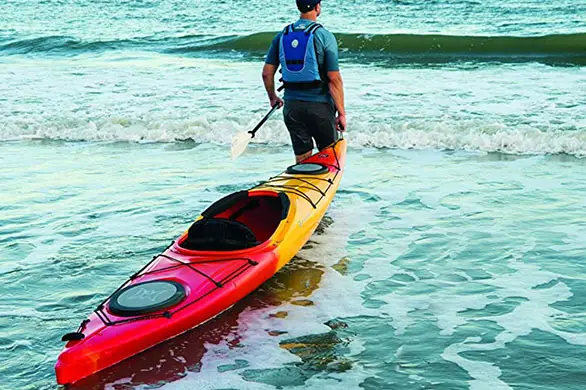
Touring kayaks come in lengths of 12 feet or longer and also consist of a small cockpit. They are narrower than the recreational ones. They are expensive, costing between $800 to $1,200. They are used in large water bodies for long trips and are not very useful for short family trips. They can track for a greater length of time and hence paddling effort is greatly reduced. They have large storage space and are fitted with a rudder for easy steering. Touring kayaks are quick, require less effort, and useful for long journeys.
4) Day-Touring Kayaks
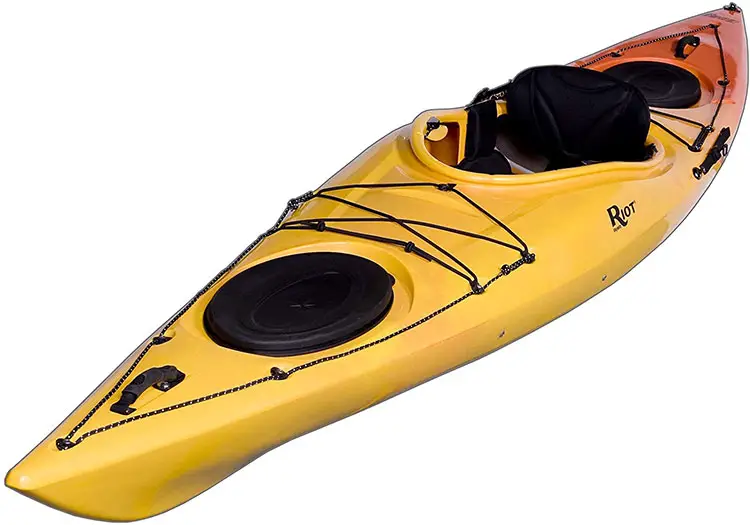
Riot Kayaks
These are sleeker than recreational boats and track better. They are more stable and good for beginners who like a longer kayaking experience as paddling is easier. These are around 18 feet in length. Beginners use day-touring kayaks to hone their skills before graduating to touring kayaks. These are mostly used for recreational purposes in flatwater.
5) Inflatable Kayaks
As the name suggests, inflatable kayaks are the ones that can be inflated or deflated before or after use. They are easily portable, cheaper, lighter, and have grown to become more popular in recent years. They are not as safe as the other types as they are prone to damage, are uncomfortable, and are not suitable for harsh waters. Inflatable kayaks don’t track well.
6) Pedaling Kayaks
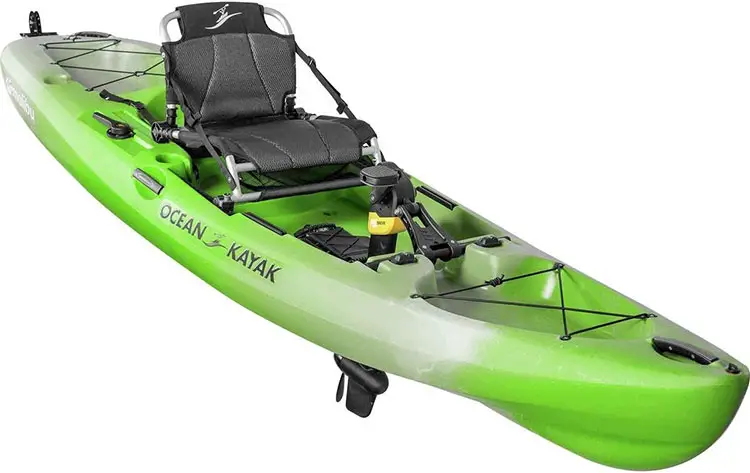
Pedaling kayaks are the ones that are required to be pedaled like a bicycle. Pedal kayaks are steered using a rudder which is controlled by hand control. They can be used by people with back or shoulder problems as the use of arms is minimum. They also help in going farther distances as they are pedaled by the leg which has slow-twitch muscles of the leg which are fatigue resistant. These boats are however very expensive. Pedal kayaks are wider and hence stable but cannot be quickly maneuvered.
Whitewater Kayaks
These are the type of kayaks used in moving bodies of water like rivers, most commonly, white water rivers (rapids).
Whitewater kayaks can be further divided into the following types:
1) Playboats
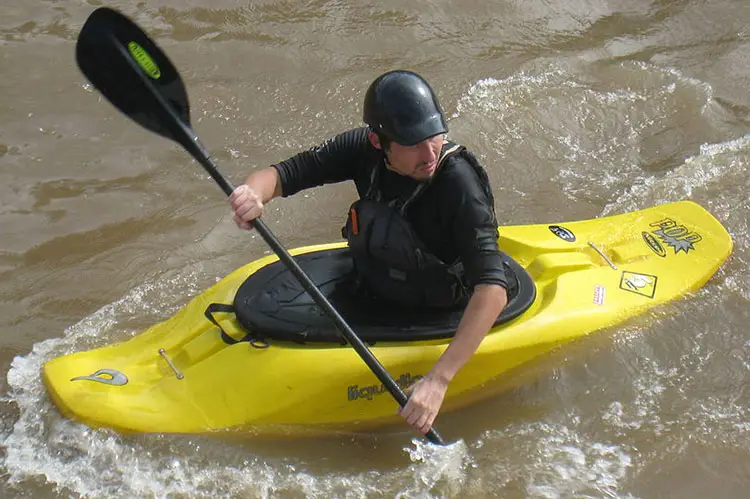
Playboats are kayaks mostly suitable for staying at one spot and playing in standing waves. They are short with a length of about 6 feet which makes them maneuverable. These are not recommended for running on rivers.
2) River Runners
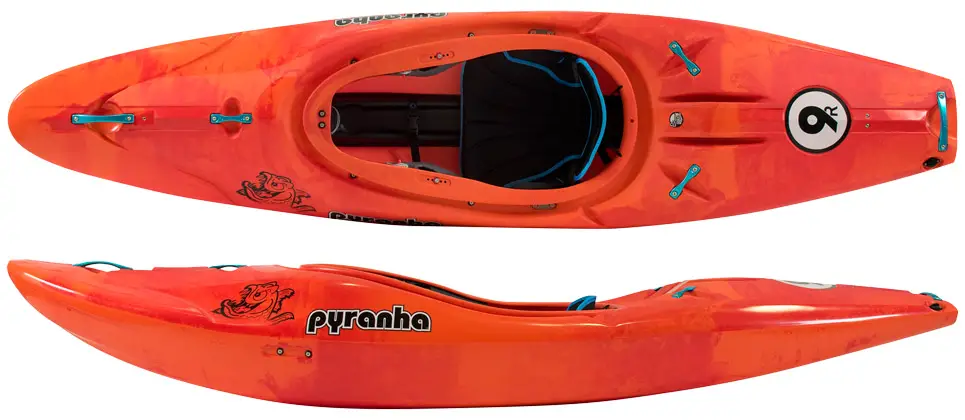
These boats have a length of about 7 to 8 feet. They have enough length in order to improve tracking. They are comfortable and can be used for white water rafting due to better tracking, stability, and quick resurfacing.
3) Creek Boats
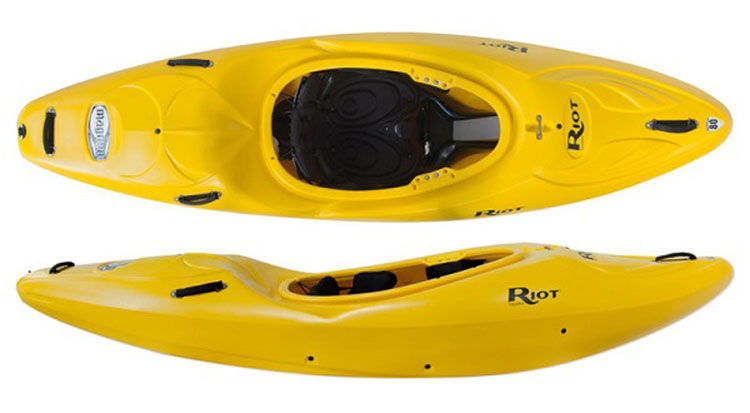
Creek boat or Creeker is a subcategory of the river runners. This involves a lot of technical and difficult rapids. It may also involve running ledges, waterfalls, slides, or tight rivers. Creek boats are long with a length of 8 feet or more. They have a lot of volumes to enable resurfacing. They have a displacement hull with a rocker in the bow and stern which helps in drops. Due to their greater volume and stability creek boats are multipurpose Kayaks – they can be used in calm waters as well as rapids. Creekers are not very comfortable and don’t have storage space.
4) Old School Kayaks
These are probably the most commonly used kayaks. They are also called longboats. They have a length of 10 to 12 feet. They can also be used for creeking, but their long length may become a problem in the case of tight rivers. They also contain a small cockpit. They are very cheap, costing about $200 or so.
5) Inflatable White Water Kayaks
Unlike inflatable flatwater kayaks, these boats are very useful for white water sports. They are quite wide, comfortable, stable, and best for learning. They are also quite strong, portable, and convenient. They are however not suitable for rivers with tight turns. They have ample storage space.
Difference between Kayak and Canoe
Kayak and canoe share many similarities. They are both narrow and lightweight and are used extensively for recreational and sporting purposes.
The primary differences between kayak and canoe are the paddler’s sitting position, deck, and paddles.
In a kayak, the paddler is seated with his leg stretched forward. While in a canoe the paddler is either sitting kneeling or sitting.
In kayaking, the paddlers using a double-bladed paddle to propel the boat while in a canoe the paddler uses a single-bladed paddle.
Another major difference is that the canoe has an open-deck while a Kayak has a closed-deck.
Canoes can mostly carry many people and are used in flat water. Kayak, on the other hand, can carry very few people (mostly just 1 0r 2) and used in both flat water and white water.

